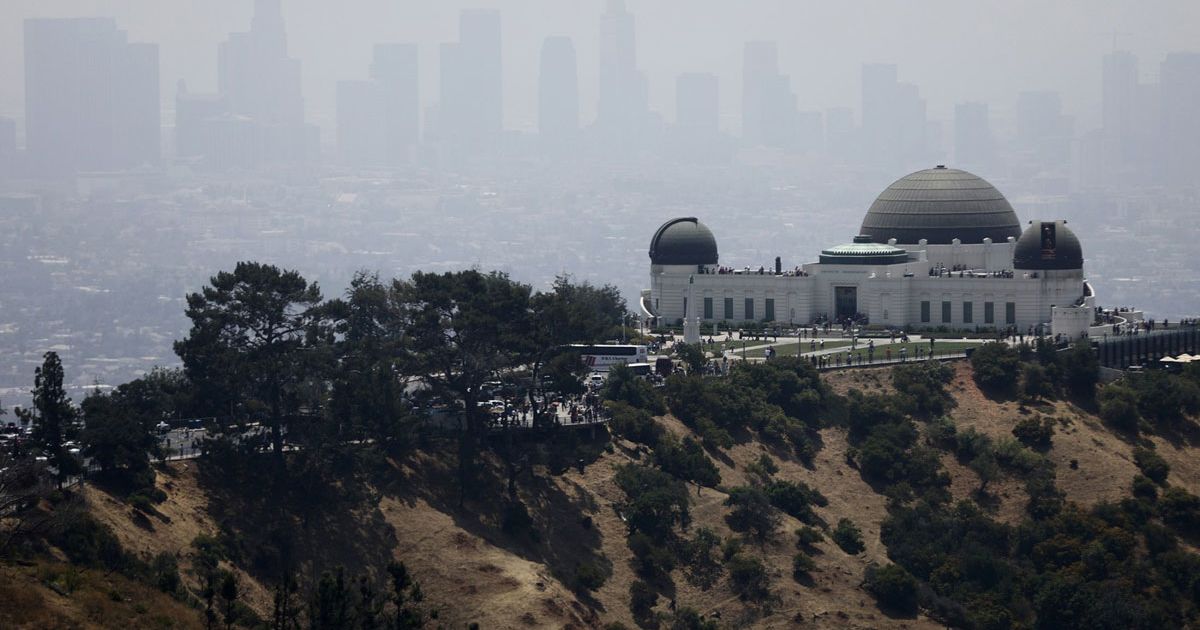
WASHINGTON — The nation’s largest auto market and the world’s fifth-largest economy has regained the authority to set its own auto tailpipe rules and zero-emission vehicle mandates that are more stringent than federal standards.
The EPA on Wednesday reissued a waiver under the Clean Air Act allowing California to pursue its own tailpipe greenhouse gas emission standards and ZEV mandates and reversing a Trump-era rule that sought to block states from doing so.
“Today, we proudly reaffirm California’s longstanding authority to lead in addressing pollution from cars and trucks,” EPA Administrator Michael Regan said in a statement. “Our partnership with states to confront the climate crisis has never been more important.”
“With today’s action,” he continued, “we reinstate an approach that for years has helped advance clean technologies and cut air pollution for people not just in California, but for the U.S. as a whole.”
NHTSA in December withdrew its portions of the Trump administration’s rule, known the Safer Affordable Fuel-Efficient, or SAFE, Vehicles Rule Part One.
With the EPA’s action, the agency is withdrawing its portion of the interpretation of the Clean Air Act that would prohibit other states from adopting California’s greenhouse gas emission standards.
“As a result, other states may choose to adopt and enforce California’s … standards in lieu of the federal standards, consistent with section 177 of the Clean Air Act,” the EPA said.
The agencies’ combined actions are driven by President Joe Biden’s executive order from January 2021, which directed the U.S. Department of Transportation and the EPA to reconsider the Trump administration’s 2019 decision to revoke California’s authority.
The EPA granted California the waiver in 2013.
The EPA’s move comes as the California Air Resources Board is developing regulations that would accelerate the transition to ZEVs and strengthen emission standards for new light-duty cars and trucks sold in the state.
The requirements would start with the 2026 model year and move to 100 percent sales of ZEVs starting in 2035, a spokesman told Automotive News in January.
A December draft of California’s clean cars rule shows the state aims to reach 61 percent ZEV sales by 2030, which is higher than Biden’s goal of 50 percent ZEV sales nationwide by the end of the decade.
Biden’s executive order last year also directed a review of fuel-efficiency standards for light vehicles.
The EPA in December finalized a tougher-than-expected rule on vehicle greenhouse gas emissions for the 2023 through 2026 model years that could act as a regulatory driver for speeding up the industry’s electrification plans.
NHTSA is expected to issue its rule on fuel economy standards this month.
Legal battle
In a 2019 lawsuit, California and 23 other states and environmental groups challenged the Trump administration’s decision that federal law prevents California from setting its own rules.
A group of automakers — including General Motors, Stellantis, Hyundai, Kia, Mazda, Mitsubishi, Subaru and Toyota — and the National Automobile Dealers Association intervened in the lawsuit, with the goal of supporting one national fuel economy and greenhouse gas program.
In November 2020, GM withdrew its support of the Trump administration in the suit. NADA and the remaining automakers withdrew in February 2021.
A handful of automakers — Ford Motor Co., BMW, Honda, Volkswagen and Volvo — sided with California in 2020 to meet stricter vehicle emissions standards through the 2026 model year.
During his confirmation hearing, Regan told U.S. senators he would work to ensure states can set their own standards.
In July, a group of 16 Republican attorneys general urged the EPA to not reinstate California’s waiver. They argued that any attempt to restore the waiver would be “unconstitutional” because “a federal law giving one state special power to regulate a major national industry contradicts the notion of a union of sovereign states.”
Sixteen other states and the District of Columbia have adopted California’s stricter vehicle emissions standards, representing more than one-third of all light-vehicle sales in the U.S.